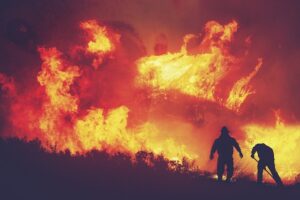
Flashlights for Search and Rescue Operations are critical tools that must be robust, impact-resistant, and waterproof to withstand the demanding conditions they face during nighttime evacuations. They should offer multiple operational modes, including high-intensity settings for signaling purposes like SOS or strobe lights, and energy-saving modes for extended missions. High-quality LED technology ensures a balance between luminous flux and power consumption, providing efficient illumination over long durations. The best flashlights are those that can be relied upon for their consistent performance, allowing search teams to navigate through various terrains with greater safety and precision. Proficiency in operating these flashlights is paramount, and regular training is essential to ensure users can effectively utilize different light modes to maximize visibility while conserving battery life during critical operations. Flashlights are not just lights; they are indispensable tools that can mean the difference between a successful rescue mission and one that falls short due to inadequate lighting.
When night falls during an emergency evacuation, visibility becomes a critical asset. This article illuminates the indispensable role of flashlights in navigating safe passage during such events. We delve into the essential features that make certain flashlights indispensable for search and rescue (SAR) operations, emphasizing their suitability for nighttime missions. From power efficiency to durability, we analyze what sustains a flashlight’s performance under pressure. Moreover, we outline effective usage strategies and the importance of training to harness these tools optimally in emergency scenarios. For those involved in SAR operations, understanding how to select and use flashlights effectively is not just beneficial—it’s paramount.
- Understanding the Role of Flashlights in Emergency Evacuations at Night
- Key Features to Consider When Selecting a Flashlight for Search and Rescue Operations
- Types of Flashlights Best Suited for Nighttime Search and Rescue Missions
- Battery Life and Power Efficiency: A Critical Analysis for Sustainable Emergency Lighting
- The Importance of Durability and Impact Resistance in Flashlights for Search and Rescue Teams
- Strategies for Effective Use of Flashlights During Nighttime Evacuations
- Training and Drills for Maximizing the Utility of Flashlights in Emergency Scenarios
Understanding the Role of Flashlights in Emergency Evacuations at Night

When nightfall descends during an emergency evacuation, visibility becomes a critical factor for safety and success. Flashlights for search and rescue operations serve as indispensable tools in such scenarios, providing the necessary illumination to navigate through dark environments. They are not merely sources of light but are instrumental in directing responders, enabling them to locate individuals in distress and avoid obstacles or hazards that could impede their progress. The reliability of a high-quality flashlight cannot be overstated; it can distinguish between a safe outcome and a perilous situation for those involved in the evacuation process.
Furthermore, the effectiveness of these devices is amplified when they are part of a well-prepared emergency kit. The right flashlight is robust, with features such as durability against impact, water resistance, and long battery life or energy efficiency through LED technology. It should also offer various light modes—high, medium, low, and sometimes even strobe settings—to adapt to different environments and tasks. In search and rescue operations, the right flashlight is a beacon that guides rescuers through the darkness, ensuring they can perform their duties efficiently and with optimal safety for both the responders and the individuals being evacuated.
Key Features to Consider When Selecting a Flashlight for Search and Rescue Operations
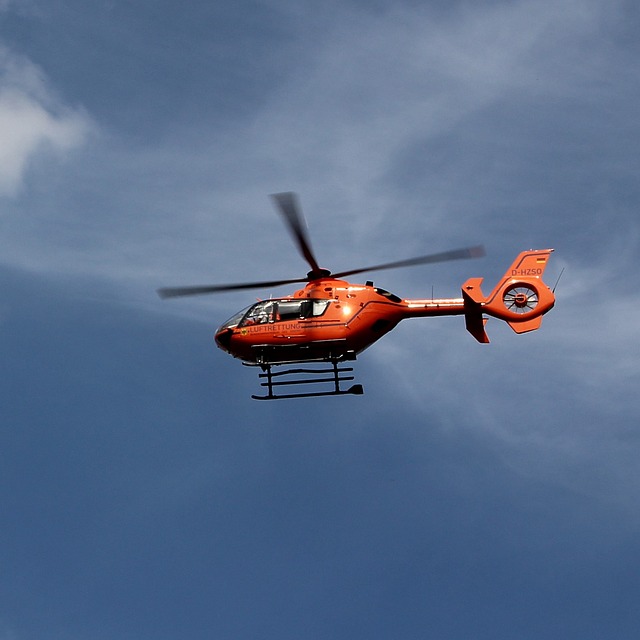
When selecting a flashlight for search and rescue operations, reliability and durability are paramount due to the demanding conditions these professionals often encounter. A high-quality flashlight for search and rescue operations should be built to withstand harsh environments, featuring a rugged construction that can endure drops, dust, and water exposure. Look for models certified by reputable organizations like the International Protection (IP) code, which indicates the level of protection against intrusion from foreign bodies (dust) and water.
Additionally, luminous output is a critical factor. The best flashlights for search and rescue operations offer a wide range of light modes, including high, medium, and low settings, as well as strobe or SOS signals, to suit various visibility requirements. A powerful beam with a long throw is essential for illuminating distant objects or areas, while a floodlight setting provides more uniform lighting for close-range tasks. Consider flashlights that feature a focusable beam, allowing rescuers to adjust the spread of light according to the search environment and task at hand. Battery life is also a significant consideration; opt for models with rechargeable lithium batteries or those that use high-quality alkaline batteries, ensuring that the device remains operational when it’s most needed. LED technology is preferred due to its longevity and energy efficiency, ensuring that the light source can endure long hours of continuous use without failure.
Types of Flashlights Best Suited for Nighttime Search and Rescue Missions
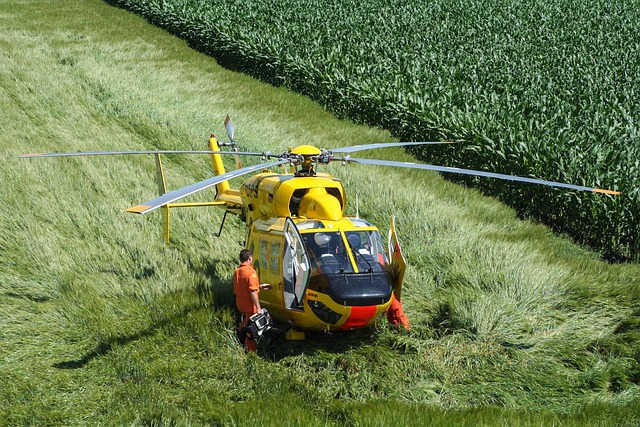
When darkness falls during emergency evacuations, reliable and effective flashlights for search and rescue operations become indispensable tools. The best flashlights for such missions are those that offer high luminosity, durability, and ease of use. LED technology has revolutionized the field, providing users with lights that are not only bright but also energy-efficient and long-lasting. These flashlights come in various forms, from handheld torches to headlamps, each with its advantages. For instance, a handheld flashlight with a focused beam can illuminate distant areas or narrow spaces, which is crucial when searching for individuals who may be trapped or disoriented. On the other hand, headlamps allow rescuers to keep their hands free, essential when navigating through debris or performing rescue tasks. Features such as adjustable brightness settings and impact resistance are highly beneficial, ensuring that the light source remains operational even in challenging conditions. Additionally, flashlights with multiple modes, including strobe or SOS signals, can aid in both search operations and signaling for help. When selecting a flashlight for search and rescue operations, it is important to consider the environment and scenario. For instance, waterproof models are necessary for operations that may take place in or near water, while those with long battery life are ideal for extended missions. The most effective flashlights for search and rescue operations combine high-quality construction with user-friendly design, ensuring that rescuers can rely on them to see through the darkness and locate individuals in need of assistance during nighttime evacuations.
Battery Life and Power Efficiency: A Critical Analysis for Sustainable Emergency Lighting
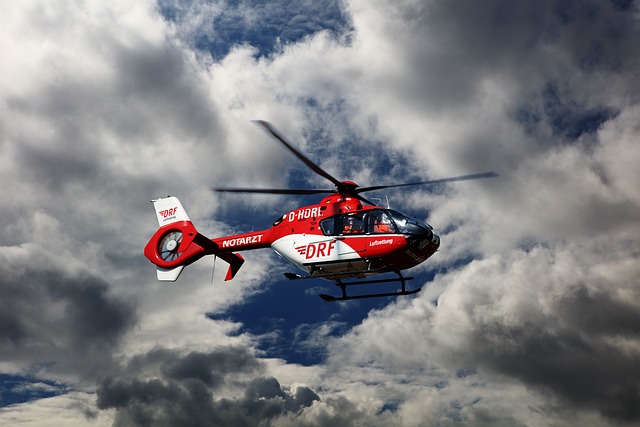
When disaster strikes at night, the reliability of a flashlight can be the difference between safety and peril for those involved in search and rescue operations. Battery life emerges as a pivotal factor in the efficacy of flashlights used under emergency conditions. High-quality flashlights designed for these scenarios often feature advanced LED technology that offers a superior luminous flux while maintaining low power consumption, thus extending their operational duration. The efficiency of power usage in flashlights is not solely about maximizing battery life; it’s about optimizing brightness and beam distance to match the specific demands of each search and rescue scenario. A flashlight that conserves power without compromising on illumination can serve for extended periods, providing a critical light source over numerous hours or even days, which is often the case in extensive search operations.
Moreover, the efficiency of a flashlight’s power management system is crucial during extended search and rescue operations. Flashlights for these purposes are typically equipped with intelligent energy management features that adapt to varying intensities of light output, ensuring a balance between visibility and battery conservation. The best flashlights on the market also offer additional power-saving modes such as strobe or SOS settings, which can be vital for signaling and preserving battery life during critical operations. The integration of rechargeable batteries with high energy density further enhances the sustainability of these lighting tools, making them indispensable in the arsenal of professionals conducting nighttime search and rescue operations.
The Importance of Durability and Impact Resistance in Flashlights for Search and Rescue Teams
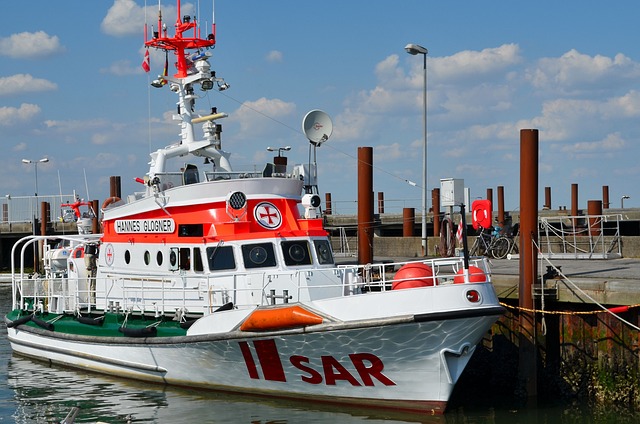
When it comes to flashlights used in search and rescue operations, durability and impact resistance are paramount. These flashlights often endure harsh conditions and challenging environments during emergency evacuations at night. The intensity of nocturnal rescues demands a tool that can withstand falls, bumps, and the rough handling that is common when navigating through dark, unpredictable terrains. A flashlight for search and rescue operations must be crafted from robust materials capable of resisting shocks and impacts without failing, ensuring that the light remains operational when it’s most needed. The construction should incorporate a hard-anodized aluminum body or similar sturdy components to guarantee longevity and maintain visibility in critical situations. Additionally, impact resistance is closely tied to water resistance; both are essential for maintaining functionality in wet conditions, which are often encountered during nighttime evacuations. Flashlights For Search And Rescue Operations that meet these criteria become indispensable tools for professionals who operate under the pressure of time and the unforgiving nature of nocturnal environments. The best flashlights in this domain are designed to provide a consistent beam, with a battery life sufficient to cover extended search periods, all while being compact enough to be easily carried by search and rescue teams. These features collectively ensure that the light source remains reliable, illuminating paths and exposing areas that could otherwise remain shrouded in darkness, thus enabling these heroic teams to perform their critical duties effectively.
Strategies for Effective Use of Flashlights During Nighttime Evacuations
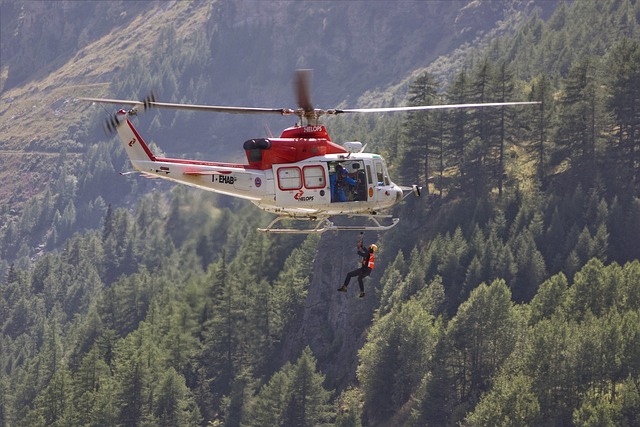
During nighttime evacuations, flashlights serve as critical tools for search and rescue operations. Their effectiveness hinges on strategic use that maximizes visibility while minimizing potential hazards. Firstly, select a reliable flashlight with a durable design; one that can withstand the elements and the rigors of an emergency situation. A high-quality beam is essential for illuminating pathways, identifying obstacles, and signaling to rescuers if necessary. Users should familiarize themselves with the flashlight’s features prior to an evacuation, including how to operate it swiftly in the dark.
When using a flashlight during an evacuation at night, it is important to utilize techniques that enhance visibility without compromising safety. A focused beam can light up areas ahead, allowing individuals to navigate with confidence. To avoid disorienting themselves or others, users should avoid scanning with the light unnecessarily as this can momentarily blind fellow evacuees and rescuers. Instead, consider using a steady, diffused light or cycling between full brightness and a dimmer setting to conserve battery life while maintaining visibility. Additionally, flashlights for search and rescue operations often come with various modes and settings that can be pre-determined to suit the operation’s needs, ensuring rescuers have optimal lighting conditions to locate and assist those in need.
Training and Drills for Maximizing the Utility of Flashlights in Emergency Scenarios

During emergency evacuations at night, the effective use of flashlights can significantly enhance search and rescue operations. To maximize their utility, it is crucial to integrate regular training and drills into preparedness plans. These exercises not only familiarize individuals with the functionality of their flashlights but also instill the muscle memory and decision-making processes required when time is of the essence. Practicing in various environments, such as dark rooms or outdoor settings, can help users identify the optimal light modes for specific scenarios. For instance, a focused beam might be necessary to navigate through dense foliage, while a wider spread of light could be more effective when searching an open area. Flashlights for search and rescue operations should be durable, with long-lasting batteries or rechargeable capabilities to ensure they function when needed most. Additionally, incorporating different lighting settings like strobe or SOS patterns can aid rescuers in signaling and being located by others. Training should also emphasize the importance of conserving battery life by using the brightest setting only when necessary. By regularly conducting drills that simulate real-life emergency scenarios, individuals can effectively utilize flashlights as tools for search and rescue operations, thereby improving their chances of a safe evacuation at night.
In conclusion, flashlights serve as indispensable tools for search and rescue (SAR) operations, particularly during emergency nighttime evacuations. When selecting the most effective flashlight for these critical tasks, factors such as robust construction, optimal battery life, and power efficiency are paramount. The best flashlights for SAR operations offer a balance of brightness, battery longevity, and durability to withstand the demands of real-world scenarios. Proper training and regular drills ensure that rescuers can use these devices effectively to navigate through darkness, illuminating pathways to safety and providing vital visibility in otherwise perilous environments. The insights provided here underscore the significance of investing in high-quality flashlights tailored for SAR applications, thereby enhancing response teams’ preparedness and effectiveness during emergencies.
